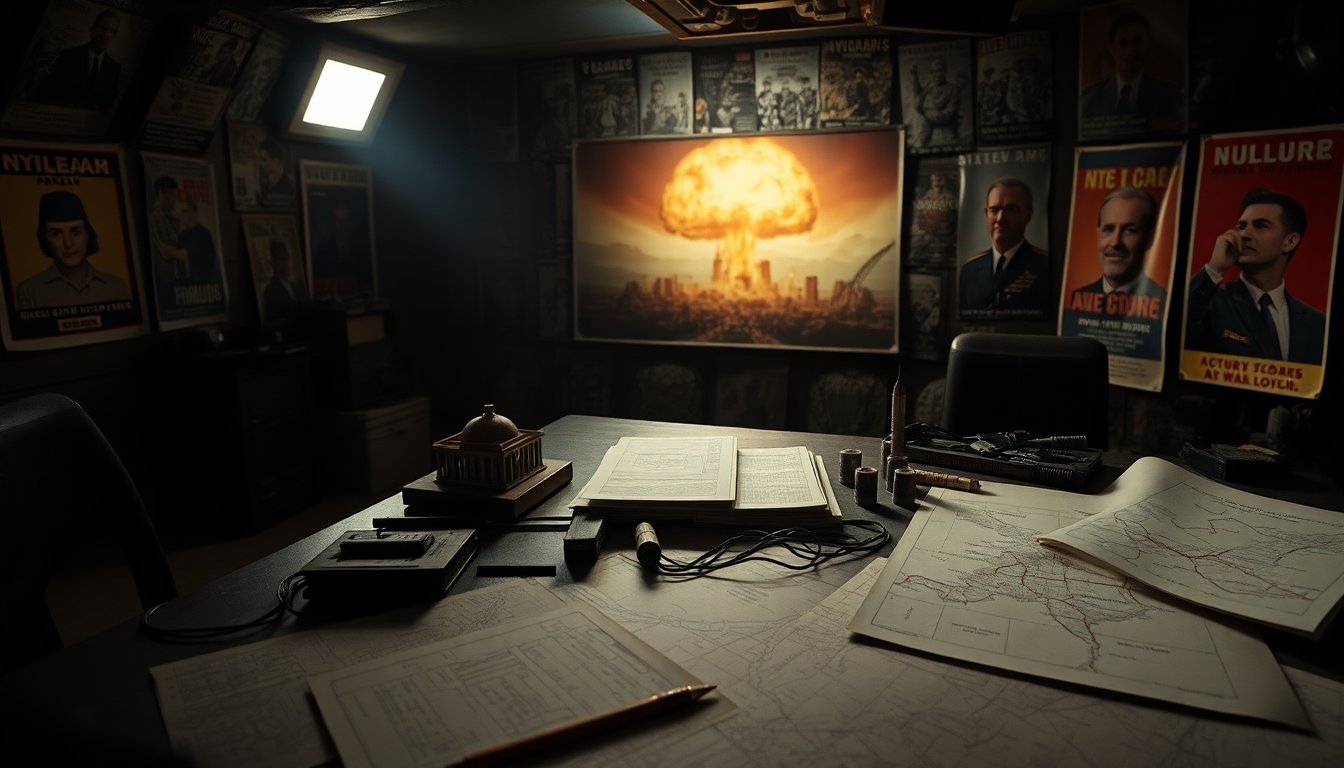Table of Contents
In a time marked by escalating concerns over nuclear conflict, acclaimed director Kathryn Bigelow presents a compelling narrative in her latest film, A House of Dynamite. This project not only highlights Bigelow’s exceptional storytelling abilities but also serves as a significant commentary on contemporary anxieties surrounding nuclear warfare. Bigelow’s decision to launch this film now underscores a sense of urgency and a profound concern for the future.
The premise of A House of Dynamite
A House of Dynamite envisions a scenario where the United States faces an imminent nuclear missile threat. This thought-provoking premise acts as a catalyst for examining the psychological and societal impacts of such a catastrophic event. Bigelow develops a narrative that combines suspense with emotional depth, prompting viewers to confront the harsh reality of a world where the unthinkable could occur.
The motivations behind Bigelow’s film
In a recent interview, director Kathryn Bigelow discussed her motivations for creating the film. She highlighted the current global landscape, characterized by rising tensions and uncertainty, as a catalyst for exploring nuclear issues on screen. Bigelow believes that art can significantly influence public discourse, prompting audiences to consider the implications of nuclear weapons. She referred to this topic as “the elephant in the room,” noting the widespread fear that many prefer to overlook.
Repercussions of nuclear conflict
The film directed by Bigelow explores the far-reaching consequences of nuclear warfare, affecting both nations and individuals. It vividly portrays the chaos and fear that arise during a nuclear crisis. By focusing on personal stories, Bigelow enables audiences to empathize with the characters’ struggles, highlighting the gravity of a potential nuclear attack.
Art as a reflection of reality
Through engaging storytelling, A House of Dynamite reflects the genuine anxieties present in today’s society. Bigelow’s skillful use of tension and suspense captures the unpredictability of international relations, creating a sense of urgency that resonates with viewers. The film serves as both a cautionary tale and a motivational prompt, urging audiences to contemplate their responses in times of crisis.
The impact on audiences
Audiences engaging with the film are prompted to reassess their perceptions of nuclear threats. Bigelow’s vision challenges viewers to think critically about the implications of nuclear weapons and their associated responsibilities. The film’s powerful imagery and narrative compel audiences to confront uncomfortable truths regarding power dynamics and the potential for destruction.
In an era marked by geopolitical instability, Bigelow’s work serves as a stark reminder of the fragility of peace. By emphasizing the potential consequences of nuclear conflict, A House of Dynamite fosters a collective contemplation of our shared future. This film not only entertains but also educates, leaving a lasting impression on its viewers.
The facts
Kathryn Bigelow’s film A House of Dynamite addresses the pressing issue of nuclear threats. The film serves as a critical commentary on global challenges. Bigelow’s narrative effectively engages viewers, prompting them to reflect on the implications of nuclear issues.
Reactions
Critics and audiences alike have noted the film’s timely relevance. Many underscore its role in raising awareness about nuclear risks. The film encourages discussions about societal responses to these threats, emphasizing the importance of collective action.
As the narrative unfolds, the film leaves viewers contemplating their role in addressing these challenges. According to official sources, the film aims to inspire a proactive approach to nuclear safety.


